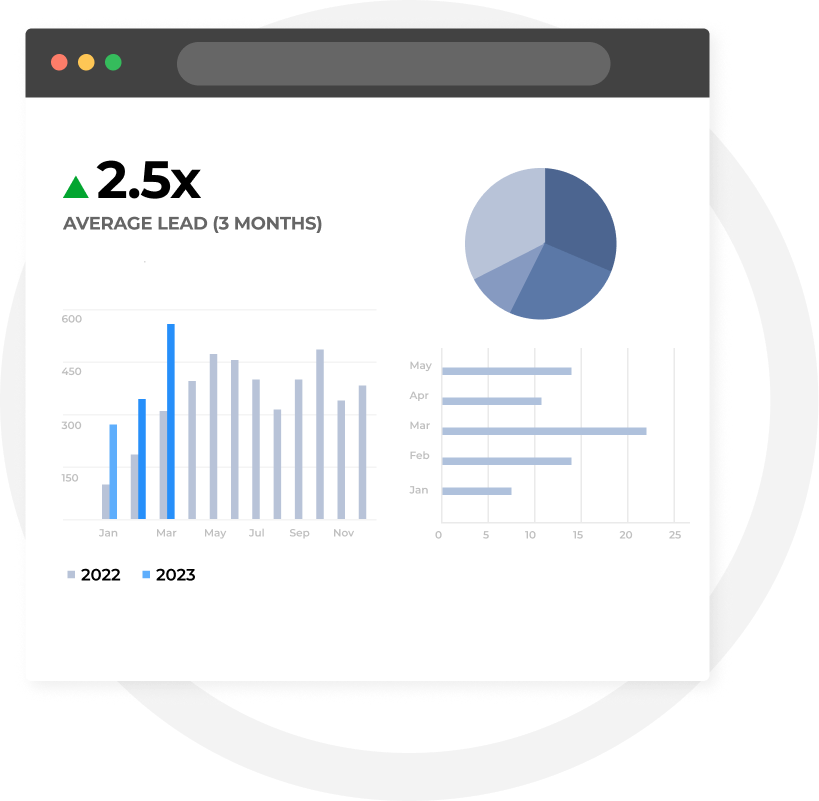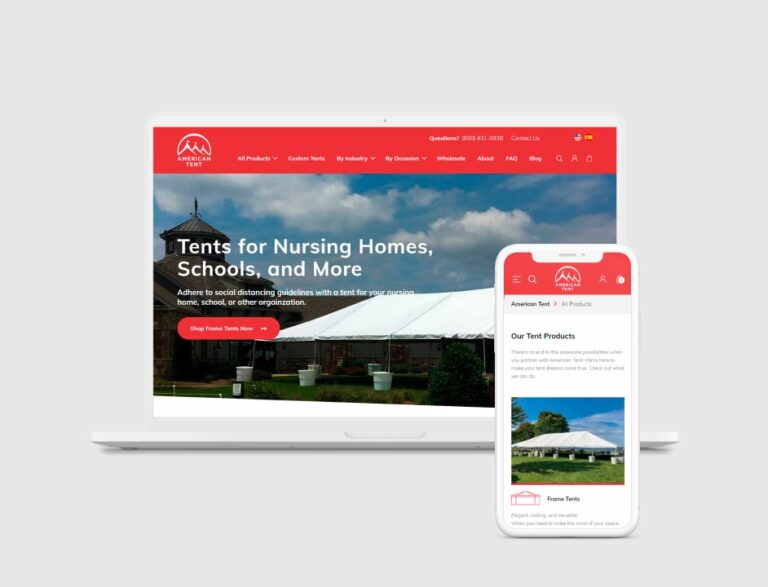Speed up the Sales Process
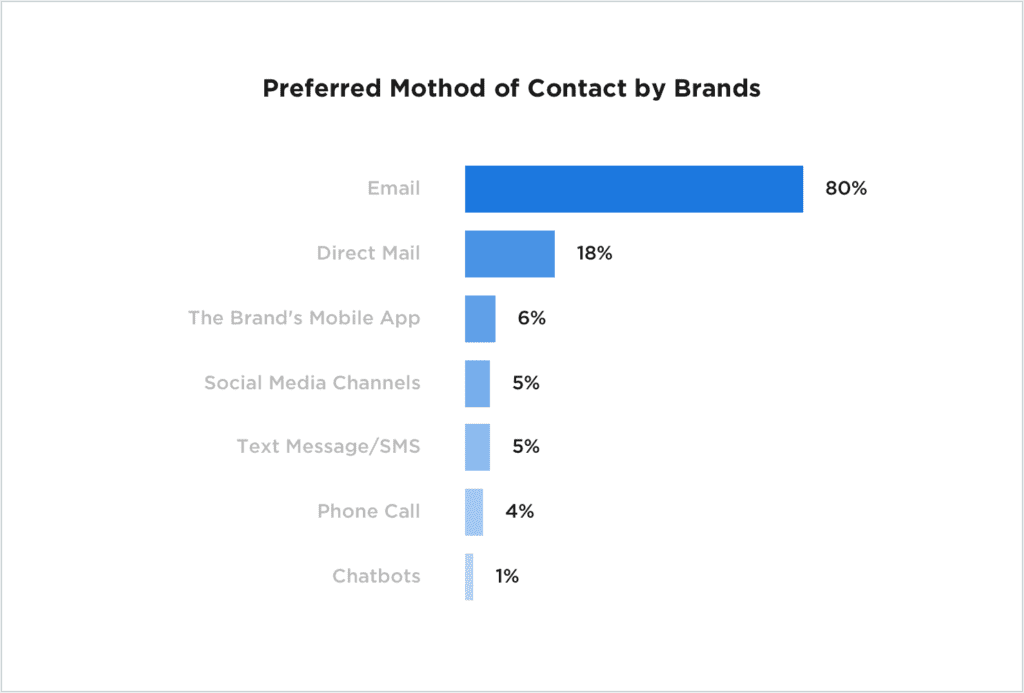
Effective email marketing campaigns communicate directly with consumers to promote a company’s product or service via their inboxes. Email campaigns can be a hard or soft sell and provide a versatile channel to share content marketing and product information. Although e-mail marketing is an excellent way to acquire clients, it is even better for retaining them and creating recurring revenue. According to online marketing data, you can boost retention rates by up to 80%, so you can earn money without investing anything. If that’s the case, then why do some email marketing efforts feel like unsuccessful spam?
Email Marketing Campaign Issues and Struggles
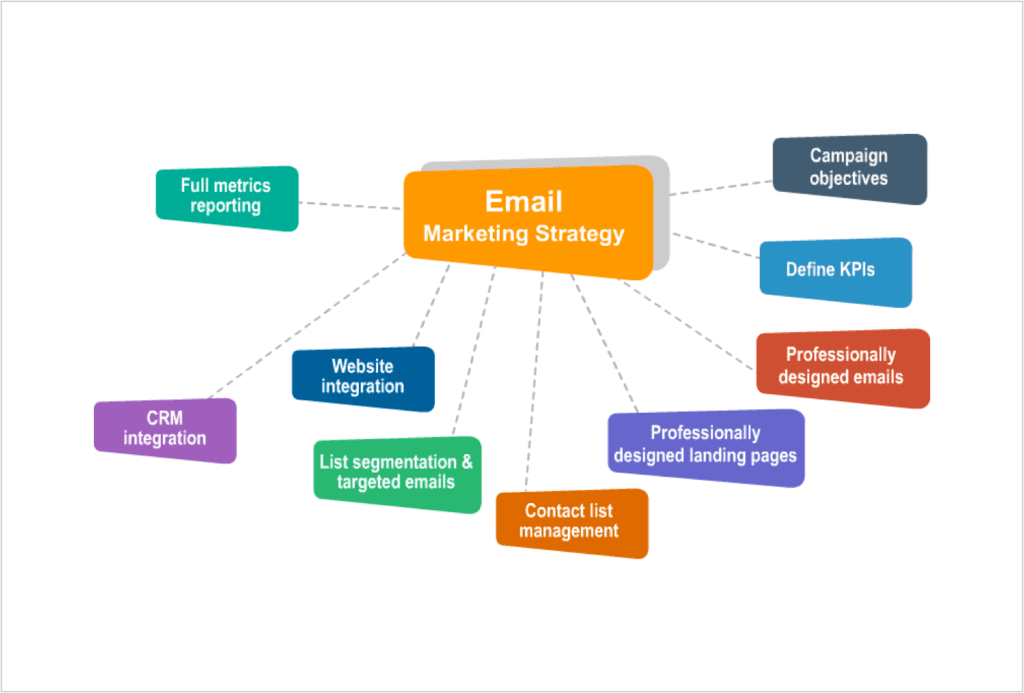
Poor email campaign performance can be distilled to a single result: No increase in revenue. Admittedly, you may have spent hours learning how to execute an effective email marketing campaign only to be disappointed by nonexistent results.
Most often, it’s not the entire campaign that doesn’t work, just elements that need to be tweaked. It really can be as simple as changing the copy. We frequently notice these common issues when eCommerce businesses first try to create email marketing campaigns:
- Email subscribers aren’t growing, or customers are unsubscribing
- Automated emails end up in the spam folder
- The email subject line is weak or confusing
- Small businesses struggle to create original content, or they’re not fans of their current content
- Email marketing content is high-quality, but it doesn’t convert to leads
- Email marketers don’t use analytics effectively or plan campaigns properly
Many email marketing firms try (but fail) to use email as a lead source. At Comrade, our email marketing agency expertly addresses these challenges through sophisticated email marketing services and proven campaign strategies that maximize ROI. The trick is knowing what to adjust and how to do it. We’ve put together some email marketing tips to help you follow email marketing best practices for future campaigns.
How to Do Email Marketing Right
Define Your Goals
SMART is an industry-renowned acronym that can be used to optimize your email marketing. A successful campaign should be the following:
- Specific: Simple, sensible, and significant.
- Measurable: Meaningful and motivating.
- Achievable: Realistic and attainable.
- Relevant: Reasonable and results-based.
- Time-bound: Attain results within cost/time limitations.
Targeted emails can serve several purposes, and they don’t necessarily have to achieve all your business goals at once. Some may be to increase website traffic, while others may focus on obtaining new subscribers, or revenue generation. This is why understanding your goals is so important, because it dictates the type of content you’re sharing and the email clients you’re going to target.
Understand Your Weaknesses
To optimize your emails for maximum conversion and engagement, you need to implement a comprehensive testing process. Other inexperienced email marketing companies tend to rush through the process and only test one or two variables before running their first email marketing campaign. However, if you want your marketing to improve, you need to test subject lines, CTAs, copy, design, and content.
A/B testing is where you set up two variations of one campaign and send them to a small percentage of your contact list. Half the test group is sent Version A, and the other half receives Version B. The result, which is measured by the most clicks or opens, determines the winning version. You don’t have to test a million variables at once, but each campaign should contain some sort of variable you can analyze to better understand weakness that needs improvement.
Understand Your Resources
It’s impossible for everyone to be good at everything. Time and again, businesses struggle to handle operations and marketing requirements. Perhaps you have great ideas for promotional emails, but there’s no time or manpower to execute them, or you’re not compiling campaign reports, so you can’t truly gauge if you’re reaching your target audience, and have no customer data.
The process of email marketing entails: deciding on a specific goal, choosing an email marketing service, building and segmenting an email list, creating a campaign, and then finally using analytics to track progress. Understanding your current resources and what’s required at each of these phases can help you mitigate challenges and achieve a higher click-through rate.
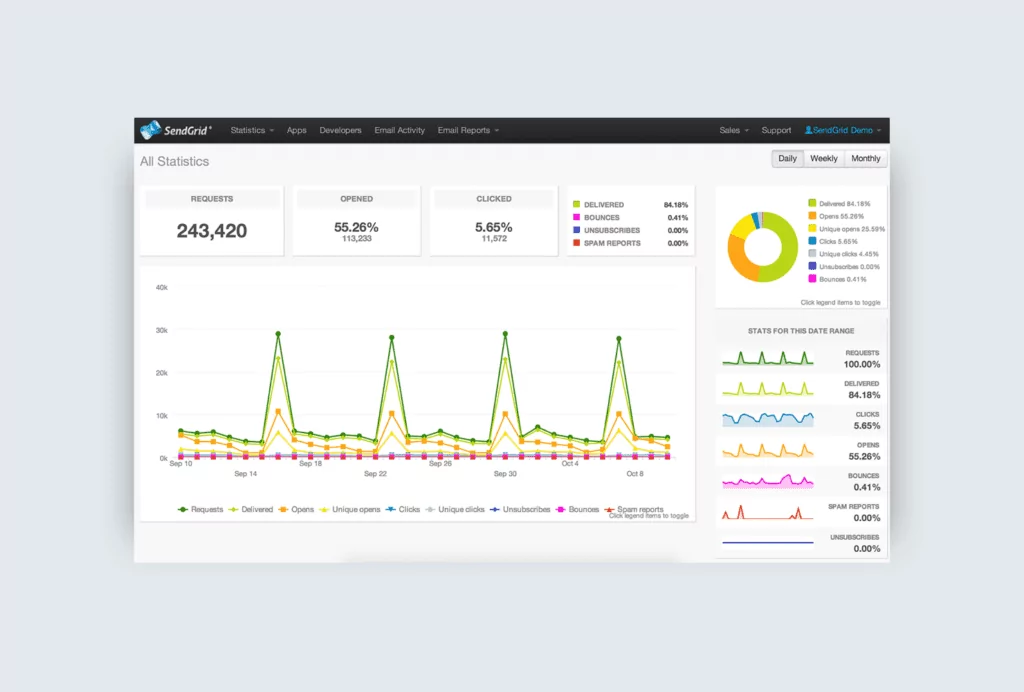
Understand Your Audience
Email campaigns target specific customer groups. So, if you’re a homeware eCommerce store, for example, you may have a campaign targeting couples and another targeting single persons. Knowing your audience results in a higher engagement rate because you’re compiling emails that are not only going to a similar group, but also contain content that appeals to them.
Improving these personalization capabilities ultimately boosts your bottom line. Understanding your audience is at the core of brand growth. It helps to create effective transactional emails, landing pages, drive informed marketing strategies, and boost online presence. Remember, content marketing is a complex, multiple-step process. Whether you’re sending a newsletter, acquisition, retention, or promotional email depends on who your audience is and what stage of the buyers’ funnel they’re at. Most major email platforms offer personalization options, so don’t stress this part.
Develop Awesome Graphic Templates
You don’t have to be a graphic designer to send attractive emails. Most email marketing platforms provide user-friendly drag-and-drop templates. These plug-and-play marketing email automation options let you copy and paste content, like a blog post, for example, into the email, while ensuring it reads across devices and email service providers. The best part? There are plenty of affordable email marketing tools out there!
The best email platforms usually include graphic templates or their design, which helps save time (when you have an email template, you can spend fewer hours designing and more time creating content.) They also help you keep a consistent look and feel and deliver personalized experiences because all you need to do is use the drag-and-drop editor to plug in the relevant content.
Integrate Conversion Elements – CTA’s
A call to action or CTA is a marketing term for any design that prompts an immediate response, like buttons designed to initiate a purchase, quote, or to find out more information. Before you can implement CTA’s, you need to know who your audience is and the purpose of your campaign. Most campaigns try to achieve one of these five objectives:
- New product promotion
- Follow up on an abandoned cart
- Stay top of mind with your audience
- Announce an immediate sale
- Clean up your contact list
Just email marketing for the sake of it is not enough. Regardless of the email you send, it should always continue a conversation between your business and its consumers. An important, often overlooked CTA is the subject line. Without a carefully crafted, attention-grabbing subject line, you run the risk of your email engagement levels dropping.
DIY Email Marketing vs. Partnering with an Agency
We get it. There’s nothing better than free email marketing services, i.e., doing it yourself. You can absolutely run email marketing on your own by following all the strategies we’ve already talked about — but working with a professional email marketing company like Comrade Digital Marketing in Chicago can save you time, sharpen your results, and help you grow faster. The big difference comes down to experience, resources, and how quickly you can get from idea to impact.
| Aspect | DIY Email Marketing | Partnering with an Agency |
|---|---|---|
| Time Investment | You manage everything — writing, designing, scheduling, and tracking | Most of the work is handled for you, freeing up your time |
| Expertise Level | Learning as you go, with some trial-and-error | A full team of email marketing experts at your disposal |
| Tools & Technology | Limited to what you can afford or figure out | Access to premium tools, automation, and analytics |
| Campaign Optimization | Relies on your own testing and insights | Continuous, data-driven optimization from seasoned pros |
| Scalability | Can be slow to grow without extra help | Built to scale quickly with the right resources |
| Cost | Lower upfront, but higher in time spent | Higher upfront, but better ROI and time savings |
DIY email marketing and SMS marketing can work for businesses with limited budgets and those willing to dedicate significant time to learning, testing, and refining campaigns. You have full creative control, but the trade-off is a steep learning curve. You could also take advantage of free email marketing software like MailChimp to stay on budget… although keep in mind, paid plans have better features. Top email marketing tools offer an easy-to-use interface even for newbie users.
On the other hand, partnering with Comrade means tapping into proven strategies, data-backed insights, and the latest technologies to scale your email marketing faster and with fewer missteps. This approach is ideal if you value efficiency, expert execution, and measurable growth.
How Comrade Designs Location-Specific Email Campaigns
Comrade Digital Marketing, based in Chicago, specializes in creating location-specific email campaigns that connect with your audience on a local level while driving measurable results. Our team combines deep market research with proven email marketing strategies to ensure your messages are not only seen but acted upon.
Our approach to designing location-specific email campaigns includes:
- Conducting in-depth research on your target market’s local demographics, preferences, and behaviors
- Tailoring content, offers, and CTAs to reflect local events, seasons, and community interests
- Segmenting email lists to deliver highly relevant messages to specific geographic audiences
- Incorporating local visuals and references to build familiarity and trust
- Testing and optimizing subject lines, send times, and content for each location
By focusing on the nuances of your target area, Comrade ensures your automated campaigns speak directly to the people who matter most. This personalized approach increases engagement, builds stronger brand recognition, and drives higher conversion rates.
Whether you’re aiming to attract customers in a single neighborhood or across multiple markets, our Chicago-based team ensures your emails stand out. Most email marketing agencies talk a big game. But with Comrade, you get campaigns that combine precision targeting with creative execution, maximizing your local marketing impact.
How We Personalize Email Marketing Across Industries
At Comrade Digital Marketing, based in Chicago, we understand that effective email marketing isn’t one-size-fits-all. Our approach tailors every campaign to your industry, audience behavior, and business goals—ensuring messages resonate and drive action.
| Industry | Personalization Approach | Example Tactics |
|---|---|---|
| E-commerce | Behavior-based segmentation | Abandoned cart reminders, product recommendations |
| Law Firms | Service-specific content | Case study highlights, legal updates |
| Healthcare | Compliance-focused engagement | Appointment reminders, wellness tips |
| SaaS | Lifecycle-driven campaigns | Onboarding sequences, feature announcements |
| Home Services | Localized targeting | Seasonal offers, maintenance checklists |
By combining audience insights with industry-specific strategies, we make each email feel relevant and timely, increasing open and conversion rates. Plus, we relentlessly perform website tracking and conversion tracking to further boost your ROI.
From design to delivery, we handle every detail — so your brand’s voice is consistent, your audience feels valued, and your campaigns achieve measurable ROI.
Conclusion
Comrade Digital Marketing in Chicago understands that email marketing isn’t just about sending messages — it’s about building genuine connections that inspire action. Using the right approach paired with advanced features and tools, your email list can become a community of loyal customers.
From nurturing leads and promoting special offers to strengthening brand awareness, email is still one of the most effective tools in your digital toolbox. Our team can help you create campaigns that not only convert but also keep your audience engaged and coming back for more.



